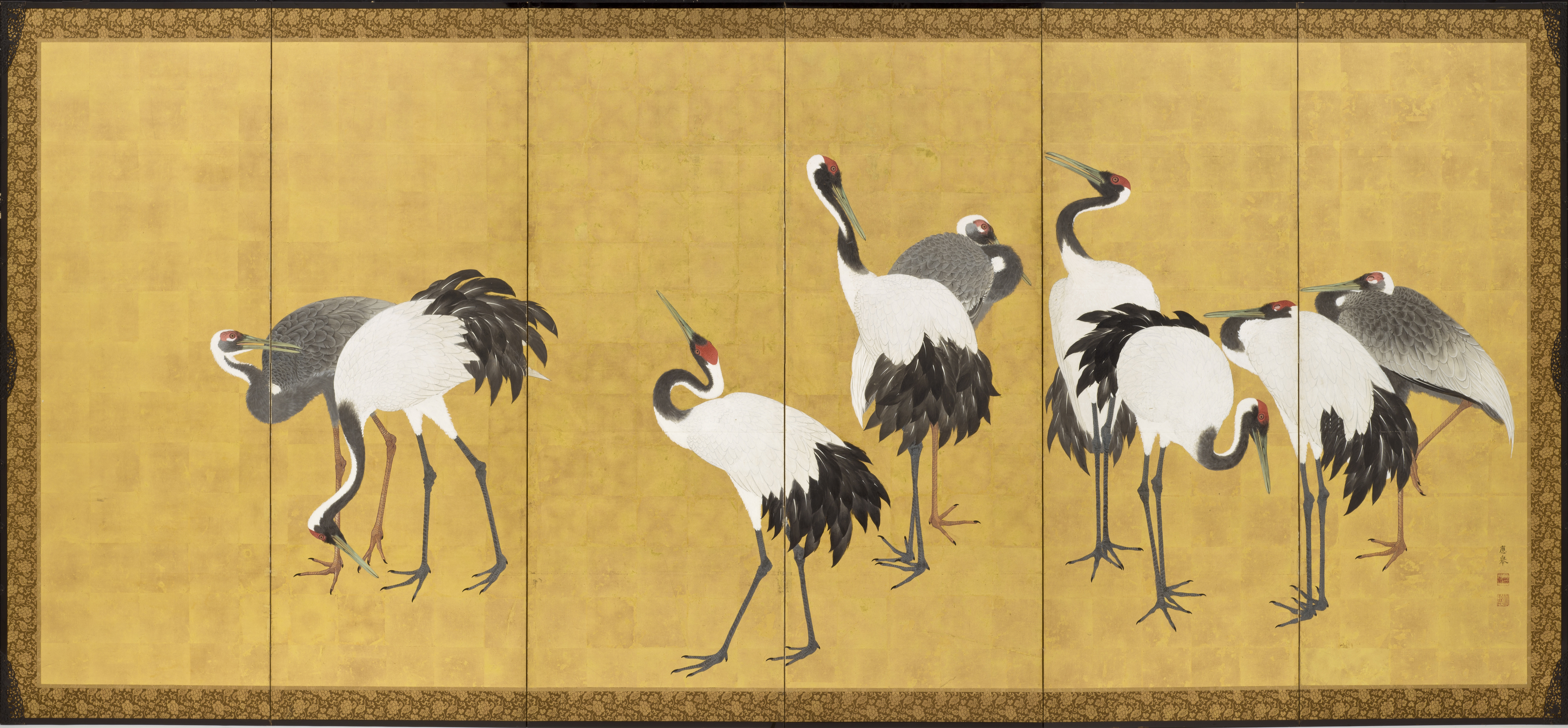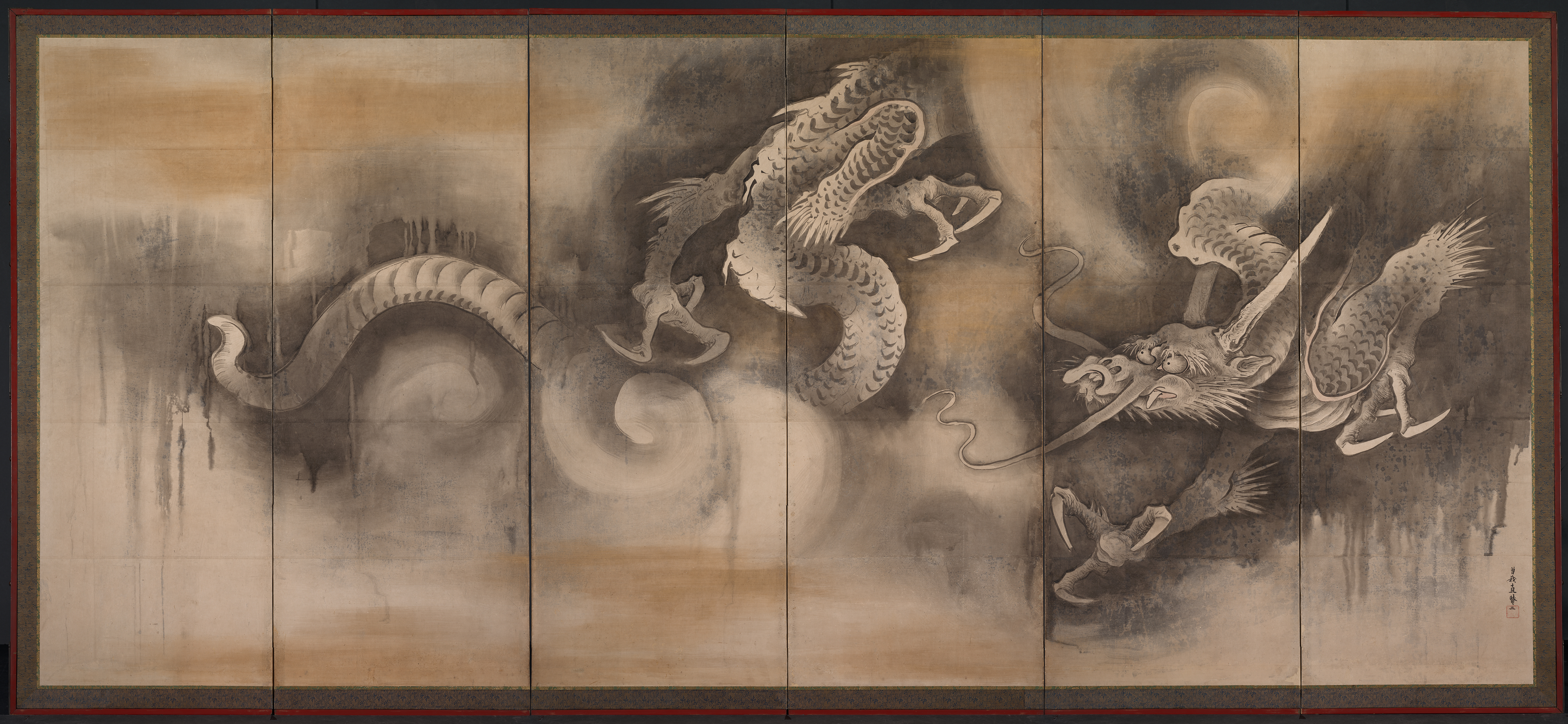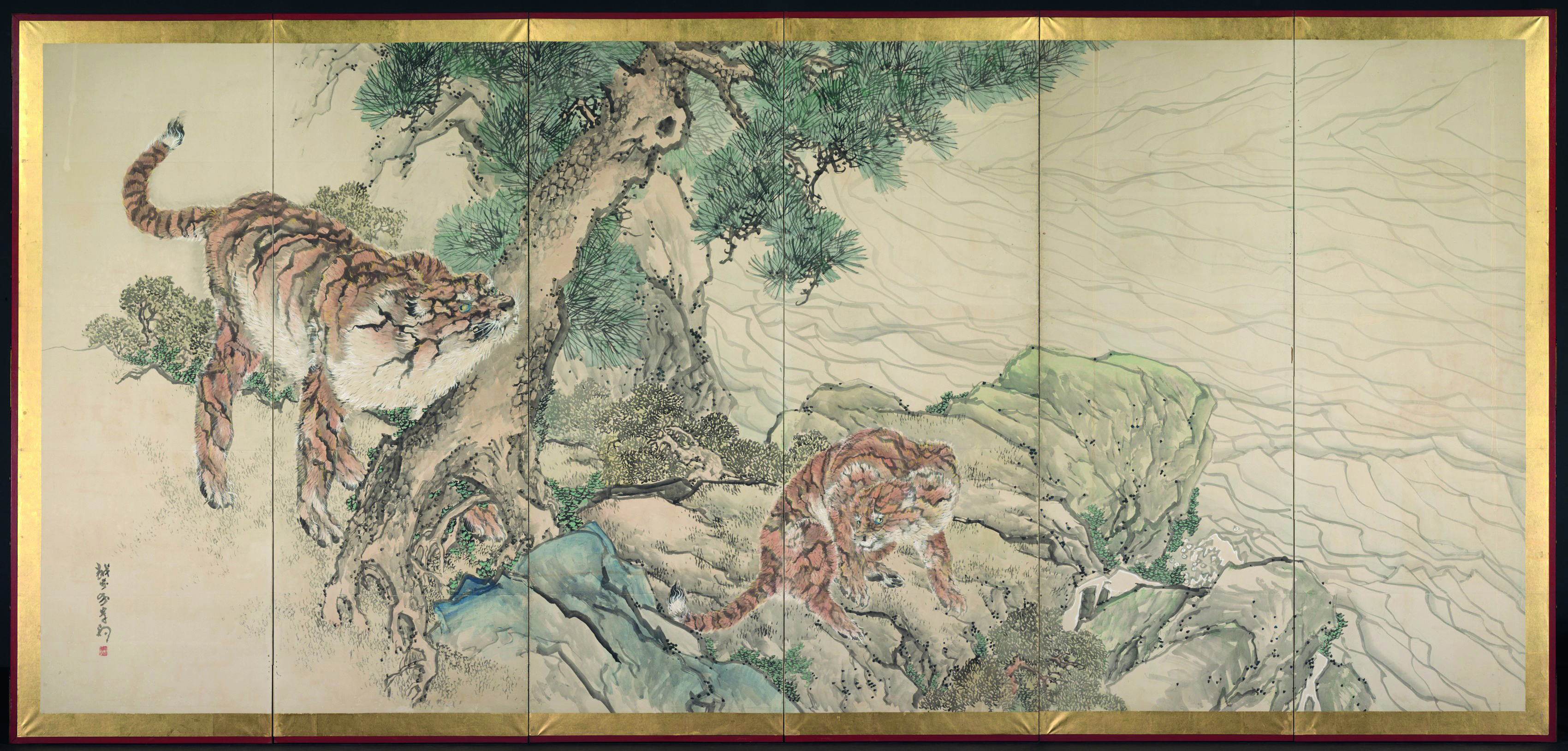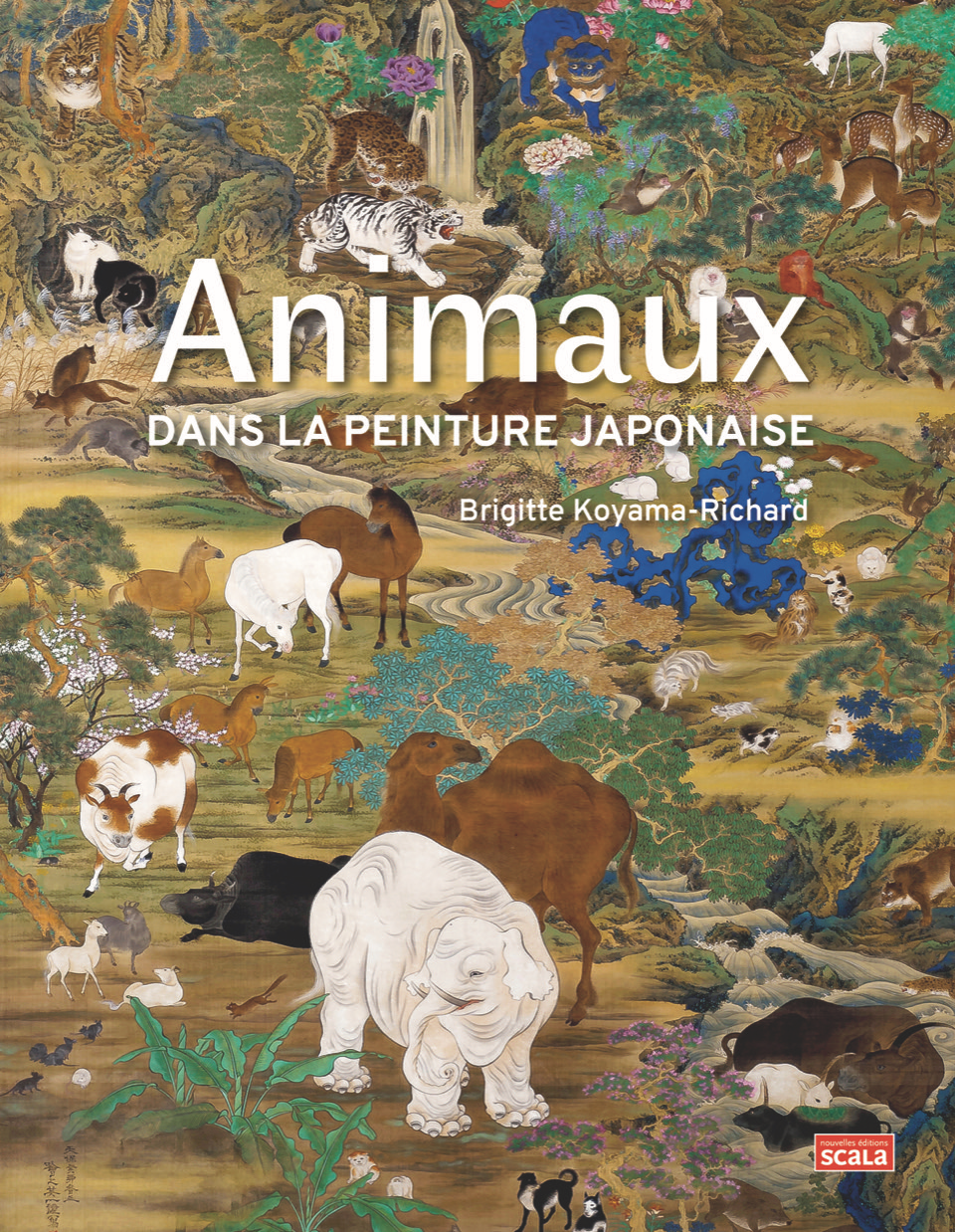‘Animals in Japanese Painting’, an Artistic Bestiary
In this book, Brigitte Koyama-Richard traces the symbolism of animals in Japanese art, from the smallest insect to the largest mammal.

Maruyama Okyo, ‘Cranes’, 1772. © Los Angeles County Museum of Art
Imaginary, fantastical, real… Animals occupy a privileged position in Japanese folklore and have naturally become a theme of choice for painters. From illuminated scrolls to screens via temples and gardens, there is no medium where they are not depicted.
In her illustrated book Animaux dans la peinture japonaise (‘Animals in Japanese Painting’), which was awarded the art book prize in 2021 by Vienn’Art, author Brigitte Koyama-Richard offers a new look at their presence in Japanese painting. Beyond their decorative and pictorial function, she explains, in around fifty portraits, the symbolism, meaning and place occupied by each living being in Japanese culture.
Birds painted and depicted
According to the writer, birds are the animal most frequently represented in Japanese art. Strong bearers of symbols like happiness and longevity, ‘they are an ideal subject’, she explained in the podcast Chouette! on RTS.
A peacock on a cherry tree branch, cranes in flight, a phoenix with feathers in the shape of flames… These illustrations become hypnotic thanks to the myriad of colours used. Always associated with nature, they deliberately leave blank space in the painting.
This aesthetic concept named ma (‘gap’, ‘space’, ‘time’, ‘interval’ in Japanese) aims to connect things in order to give them meaning. Thus, ‘it is not enough to fill a space, but rather to leave this philosophical gap that enables the viewer to reflect and admire the piece in depth’, Brigitte Koyama-Richard explains.
Animaux dans la peinture japonaise (‘Animals in Japanese Painting’) (2020), a book by Brigitte Koyama-Richard published by Nouvelles éditions Scala (not currently available in English).

Soga Nichokuan, ‘Dragon’, early 17th century. © The Cleveland Museum of Art

Kishi Ganku, ‘Tiger Family’, early 18th century. © The Cleveland Museum of Art

Suzuki Kiitsu, ‘Hyaku cho hyaku ju’ (One Hundred Birds and One Hundred Animals), 1843. © The Catherine and Thomas Edson Collection. Image Courtesy San Antonio Museum of Art, photo Peggy Tenison
TRENDING
-
The Tattoos that Marked the Criminals of the Edo Period
Traditional tattoos were strong signifiers; murderers had head tattoos, while theft might result in an arm tattoo.

-
Paris, Tokyo: Robert Compagnon
With his co-chef and talented wife, Jessica Yang, Robert Compagnon opened one of the top new restaurants in Paris: Le Rigmarole.
 3:31
3:31 -
Chiharu Shiota, Red Threads of the Soul
Last year, more than 660,000 people visited the retrospective 'Chiharu Shiota: The Soul Trembles' exhibit at the Mori Art Museum.

-
‘Before Doubting Others, Doubt Yourself. Who Can Truly Say a Dish Isn’t What It Used to Be?’
In ‘A Non-Conformist’s Guide to Surviving Society’, author Satoshi Ogawa shares his strategies for navigating everyday life.

-
The Story of Sada Yacco, the Geisha who Bewitched Europe
Described by Dazed magazine as the first beauty influencer, she has been restored to her former glory since 2019.





